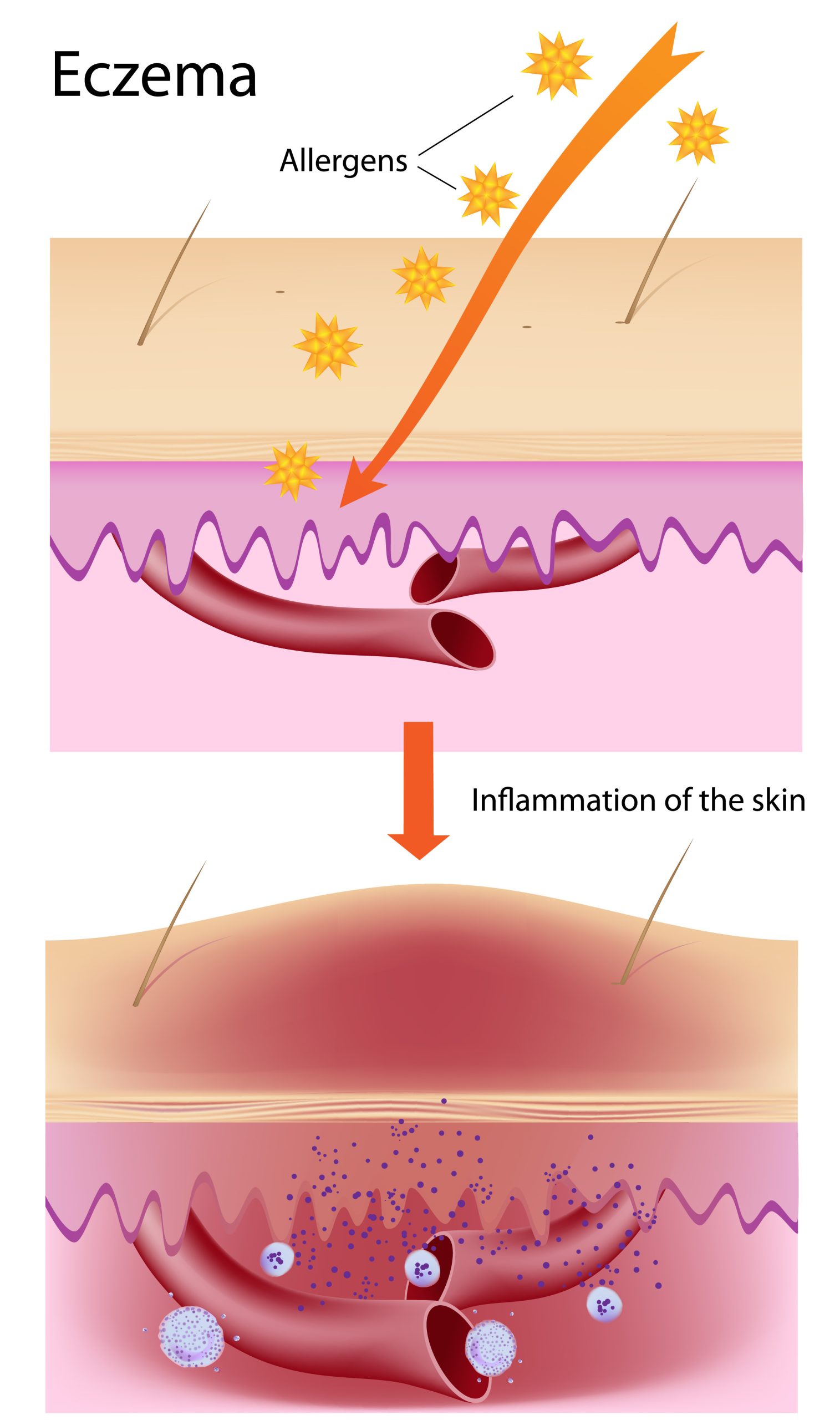Metabolism processes every calorie consumed. Outcomes are determined by enzyme activity throughout the body. NAD+ is needed for these enzymes. Insufficient levels slow the body’s metabolism even when it eats and exercises properly. what is nad+ iv therapy places NAD+ into the bloodstream through an intravenous method. This process allows the cells to receive it directly for faster use.
Glucose processing pathways
NAD+ accepts electrons at five distinct points across both pathways. Remove NAD+, and reactions stop. Glucose molecules enter cells but don’t get processed completely. Blood sugar accumulates even though cells are technically receiving fuel. Insulin receptors start malfunctioning. The enzymes operating downstream from these receptors need NAD+ as their cofactor. Short supply breaks the signalling chain. Your pancreas reads elevated blood sugar as insufficient insulin. It pumps out larger quantities, attempting to push glucose into cells that won’t cooperate. This compensation strategy eventually collapses. Intravenous delivery refills cellular NAD+ rapidly. The glucose processing machinery starts working again. ATP gets produced from glucose instead of sugar, backing up throughout the system.
Fat-burning mechanisms
Triglycerides have to be beta-oxidized to become fuel. Mitochondria chop long fatty acid chains into two-carbon pieces. This pathway burns NAD+ at four separate steps. Run short and bottlenecks form immediately. Fat stays locked in storage even during caloric restriction or intense exercise. Access becomes difficult. Sirtuin proteins also control lipid metabolism once NAD+ activates them:
- SIRT1 tells fat cells to dump stored fatty acids into circulation
- SIRT3 boosts how efficiently mitochondria oxidise released fats
- SIRT6 stops the liver from hoarding excess lipids
Therapy switches these proteins on across many tissues at once. The metabolic preference flips from storage toward oxidation. Fat reserves get tapped more easily.
Mitochondrial expansion effects
Metabolic capacity is determined by the mitochondria per cell. A variety of equipment is housed here for nutrient oxidation and ATP synthesis. More mitochondria are produced when metabolic rate is higher. A new mitochondria is created by NAD+ triggering PGC-1alpha. Due to the high mitochondrial density found in muscles, they respond particularly well to exercise. Newly built organelles stick around for weeks. Resting energy expenditure climbs because additional cellular furnaces keep running. This effect persists well beyond the infusion itself. The expanded mitochondrial network continues burning calories at elevated rates.
Insulin receptor function
Resistance forms when receptors ignore normal insulin amounts. Multiple causes exist. NAD+ depletion ranks high among them. PARP enzymes consume vast quantities while patching oxidative DNA damage. Ongoing inflammation keeps PARP working nonstop. This drains NAD+ severely. Metabolic enzymes and signalling proteins run out of their required cofactor. Insulin sensitivity drops consequently. Additional inflammation appears, generating more damage and further PARP activity. The loop feeds itself continuously. Intravenous administration dumps in NAD+ faster than consumption rates. Repair work and metabolic functions both get adequate cofactors at the same time. Insulin signalling improves once the machinery downstream has what it requires.
NAD+ IV therapy connects to metabolic health via five routes. Glucose gets processed properly. Fat oxidation increases. Mitochondrial numbers expand. Circadian rhythms realign correctly. Insulin sensitivity strengthens. Every pathway needs NAD+ to work right. Therapy brings this cofactor back to levels that support healthy metabolism.






